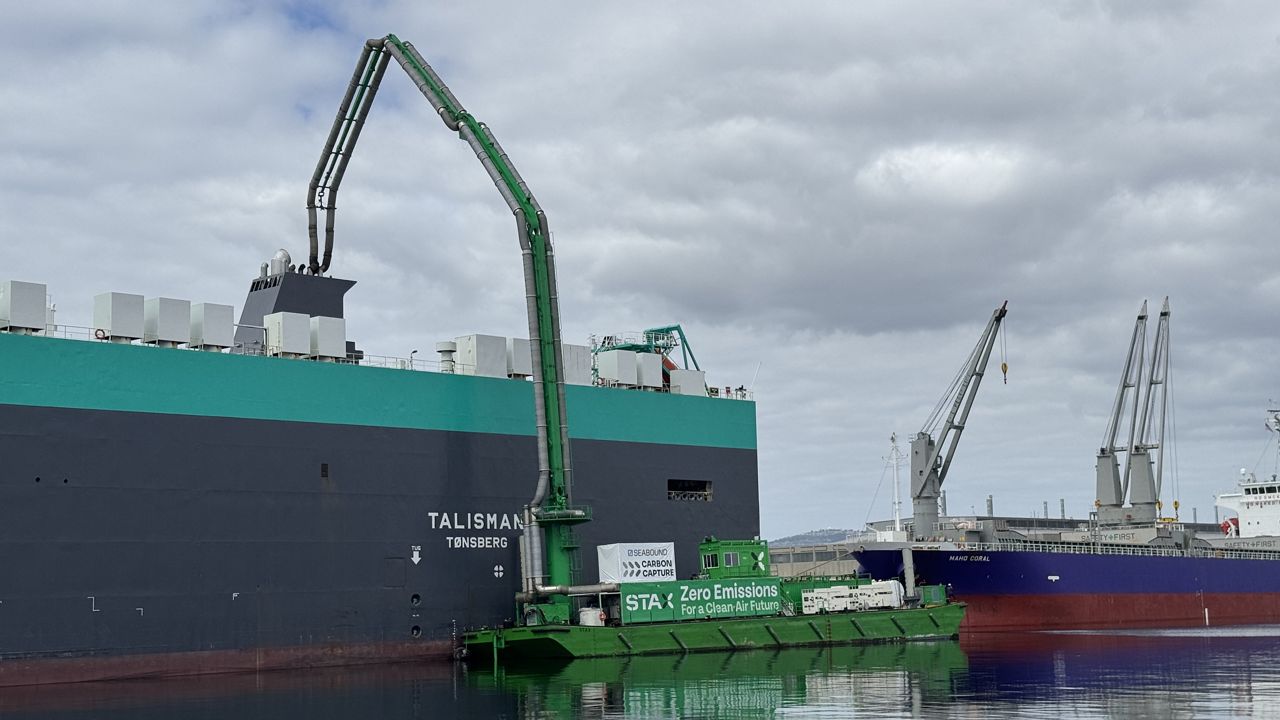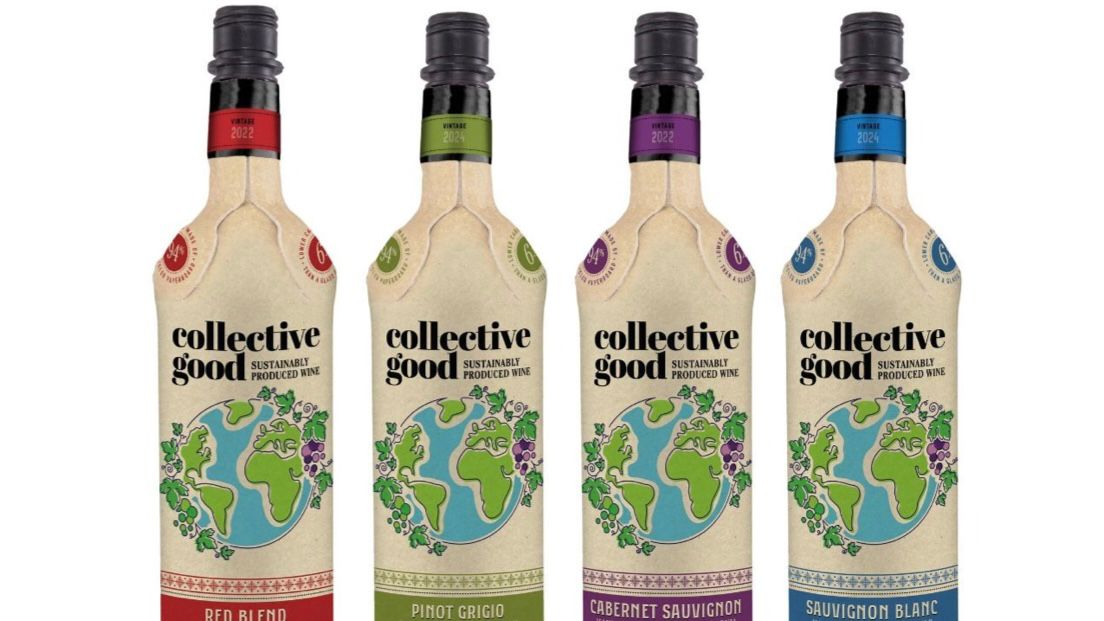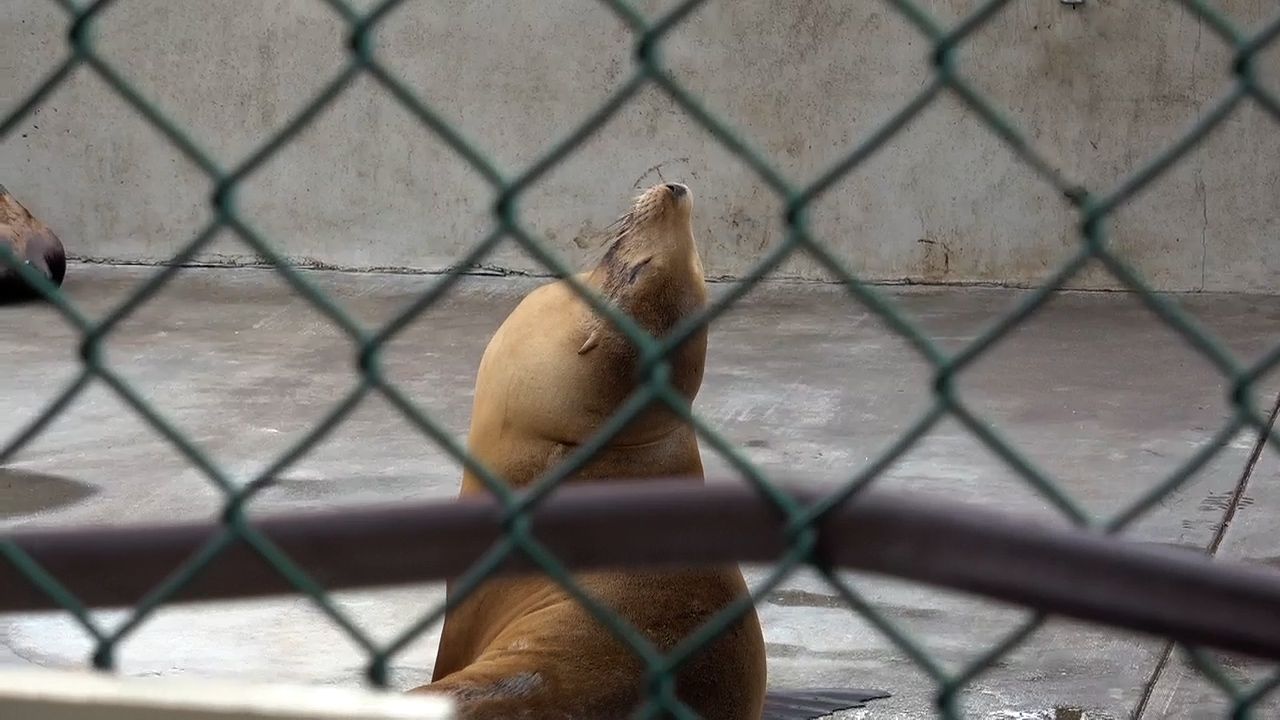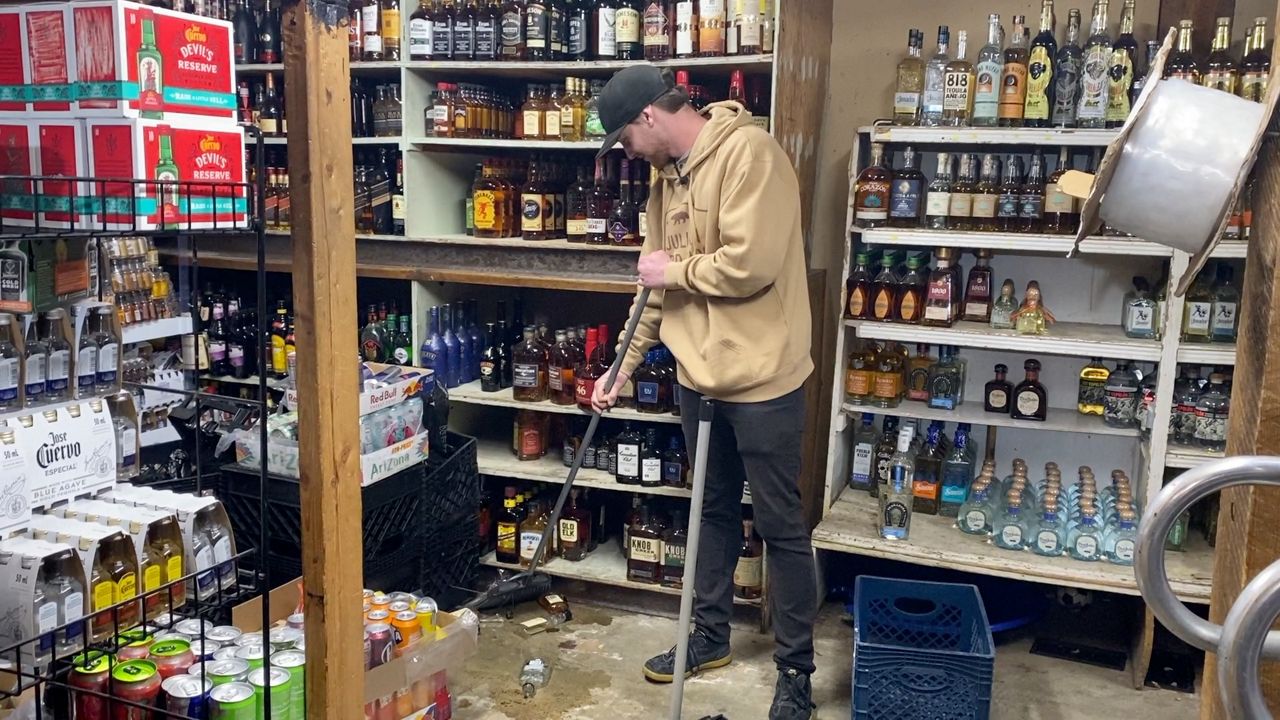LAGUNA BEACH, Calif. — On Monday, June 8 the world celebrated something that covers more than 70% of the earth, the ocean. Monday was World Oceans Day, the United Nations says it’s a day to be stewards of the sea, but among other things, it’s also a day to understand the human impacts on the ocean. So, that’s where we turn to the topic of stranded sea lions with cancer on the Southern California coast.
Here are five things you need to know:
- Researchers say one in four stranded sea lions treated at centers like the Pacific Marine Mammal Center in Laguna Beach are found to have what is called a urogenital carcinoma (a common cancer in sea lions).
- Dr. Alissa Deming of the Pacific Marine Mammal Center says scientists have always had clues the cancer might be linked to high levels Dichlorodiphenyltrichloroethane (commonly known as DDT, an insecticide) based on contaminant tested in sea lion blubber that started in the 1990s.
- Most of the stranded sea lions diagnosed with this type of cancer are in the end stages of the disease and have to be euthanized.
- Two studies that Dr. Deming helped author have linked the disease to herpes and DDT, based on a sample size of about 350 sea lions.
- Earlier this year scientists in Southern California, including at Scripps Institution of Oceanography and the University of California, say they found what they believed to be as many as 25,000 barrels that possibly contain DDT in the water near Catalina Island. The barrels were found in an area where Dr. Reming says sea lions breed and feed.
While World Oceans Day is on one official day, Dr. Reming says every day is World Oceans Day for those at the Pacific Marine Mammal Center and for everyone who nurses sick ocean animals back to health.











